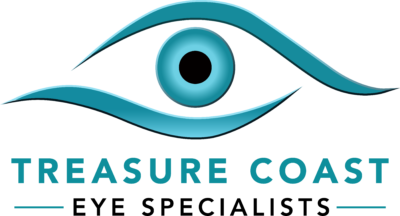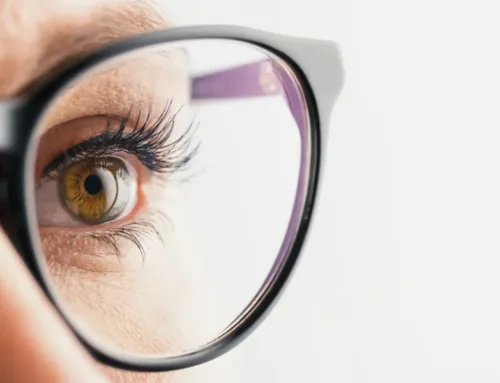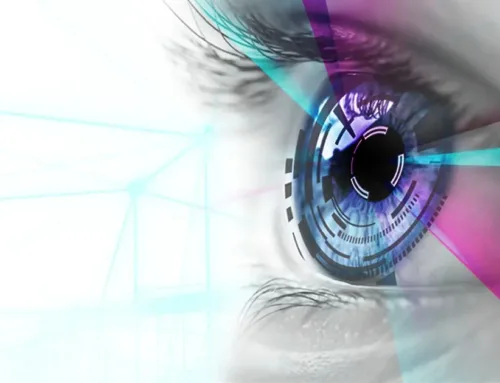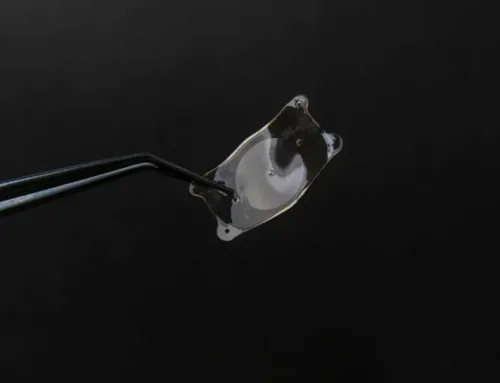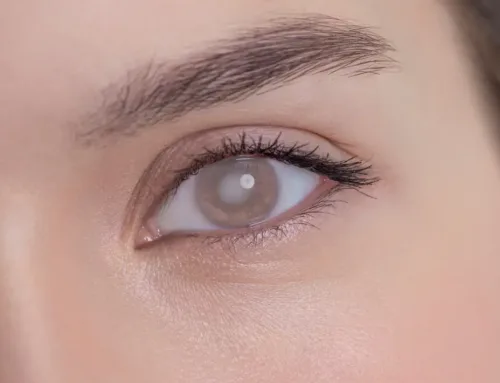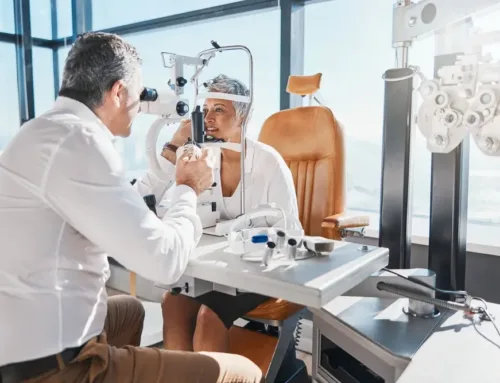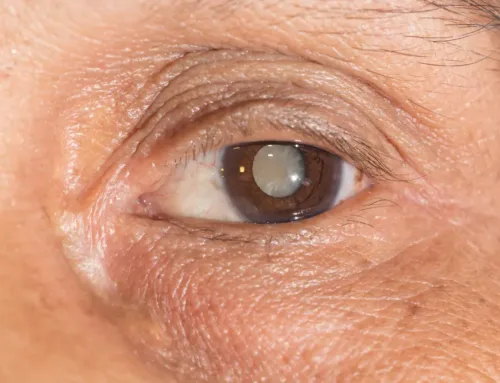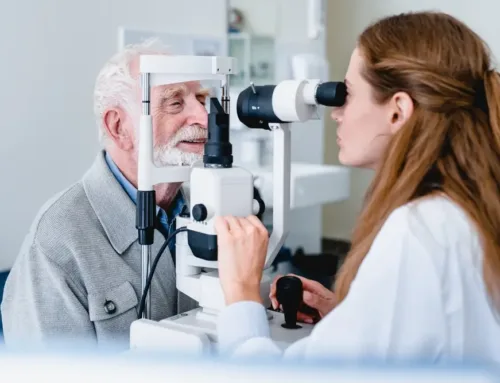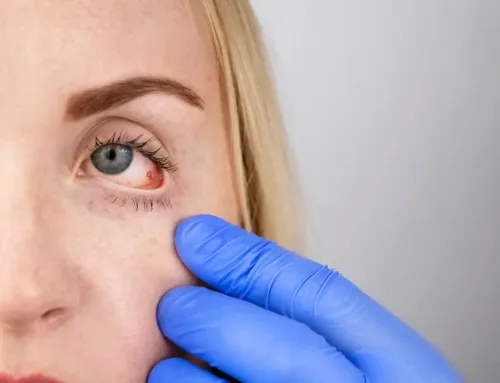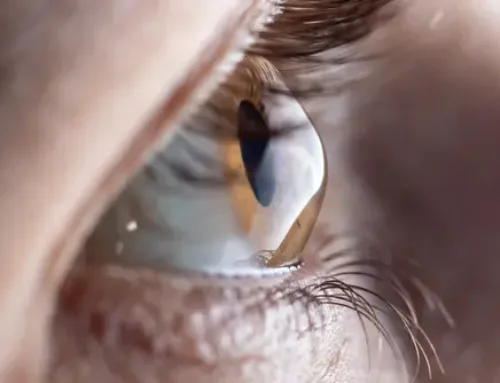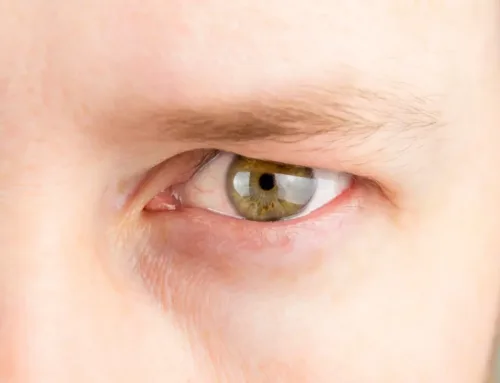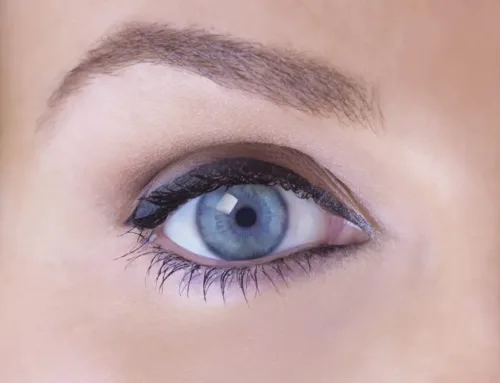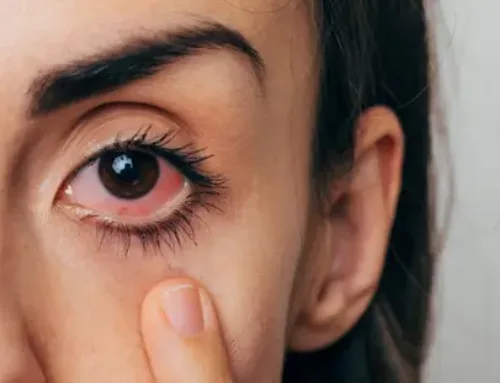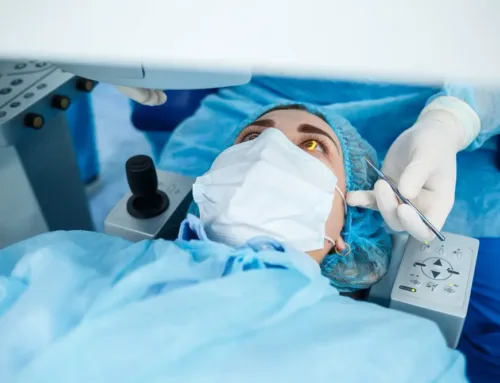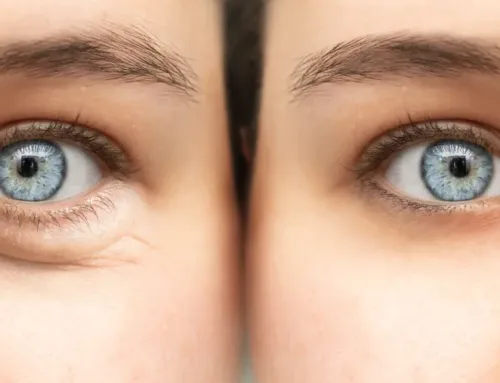Glaucoma and cataracts are two eye disorders that affect eye health and lead to vision loss. The two conditions have similarities regarding symptoms and risk factors, but they also have differences.
The causes and outcomes are different, and both vision-threatening conditions have different types of treatment. Regular eye exams are vital for protecting your long-term eye health. You should know the difference between glaucoma and cataracts.
What Causes Glaucoma?
Glaucoma is a condition that occurs due to damage to the optic nerve. This nerve acts as a link between the eyes and the brain. Damage to the optic nerve results from excessive eye pressure. The optic nerve is at the back of the eye.
Its function is to relay visual information from the retina to the brain where the images are processed. When the eye pressure is too much, it presses on the optic nerve, making it difficult for the nerve to work. Darkening of the peripheral vision is usually the first symptom of glaucoma. 
What Causes Cataracts?
Cataracts are a condition where the eye lens behind the pupil becomes cloudy. The lens functions in different ways to make vision possible. It helps focus light onto the retina, creating a clear picture that is transmitted to the brain. The lens also allows the eye to change its focus to allow for distance and close object viewing.
The eye lens is made of different substances, including proteins that allow light to be filtered through. Over time, the proteins begin to clump together and lead to the development of lens-clouding cataracts as people age.
Glaucoma And Cataracts – Similarities
Both glaucoma and cataracts are more common among older adults, and the conditions worsen over time. The conditions lead to impaired vision, and if not treated, they can lead to vision loss. The two are considered leading causes of vision loss, and they are common in people who have diabetes.
Differences Between Glaucoma And Cataracts
The two conditions have some major differences in how they affect the eyes. Glaucoma does not exhibit symptoms until there is vision loss. Cataracts have some early symptoms like blurry vision. Glaucoma progresses rapidly with the beginning of vision loss, while cataracts usually progress slowly.
Glaucoma results from eye pressure and damage to the optic nerve while cataracts damage the eye lens. Vision loss due to glaucoma is irreversible; on the other hand, surgery can restore vision loss due to cataracts.
Treating Glaucoma And Cataracts
If an eye exam determines that you have glaucoma, you need immediate treatment to slow down or halt disease progression. Cataracts do not require immediate treatment. In most cases, doctors will recommend waiting until cataracts start affecting the individual’s quality of life.
Glaucoma surgery involves reducing eye pressure to enable the fluid in the eye to drain more easily. During cataract surgery, the eye surgeon will remove the cloudy lens. They will then replace it with an artificial intraocular lens (IOL).
It is vital to schedule regular eye exams for your eye health. The exams can help protect your vision.
For more on the difference between glaucoma and cataracts, visit Treasure Coast Eye Specialists at our office in Port Saint Lucie or Stuart, Florida. You can call 772-400-2400 or 772-286-0007 today to schedule an appointment.

